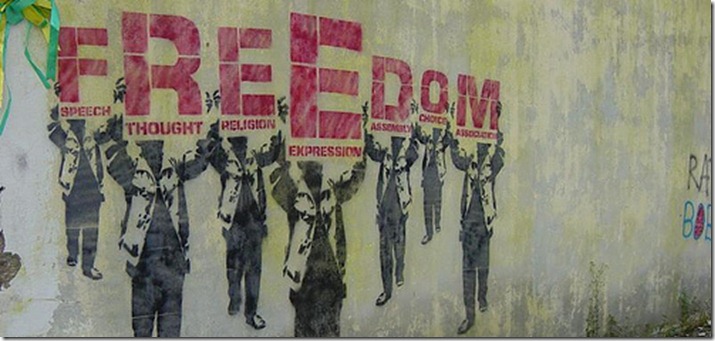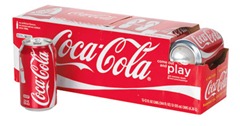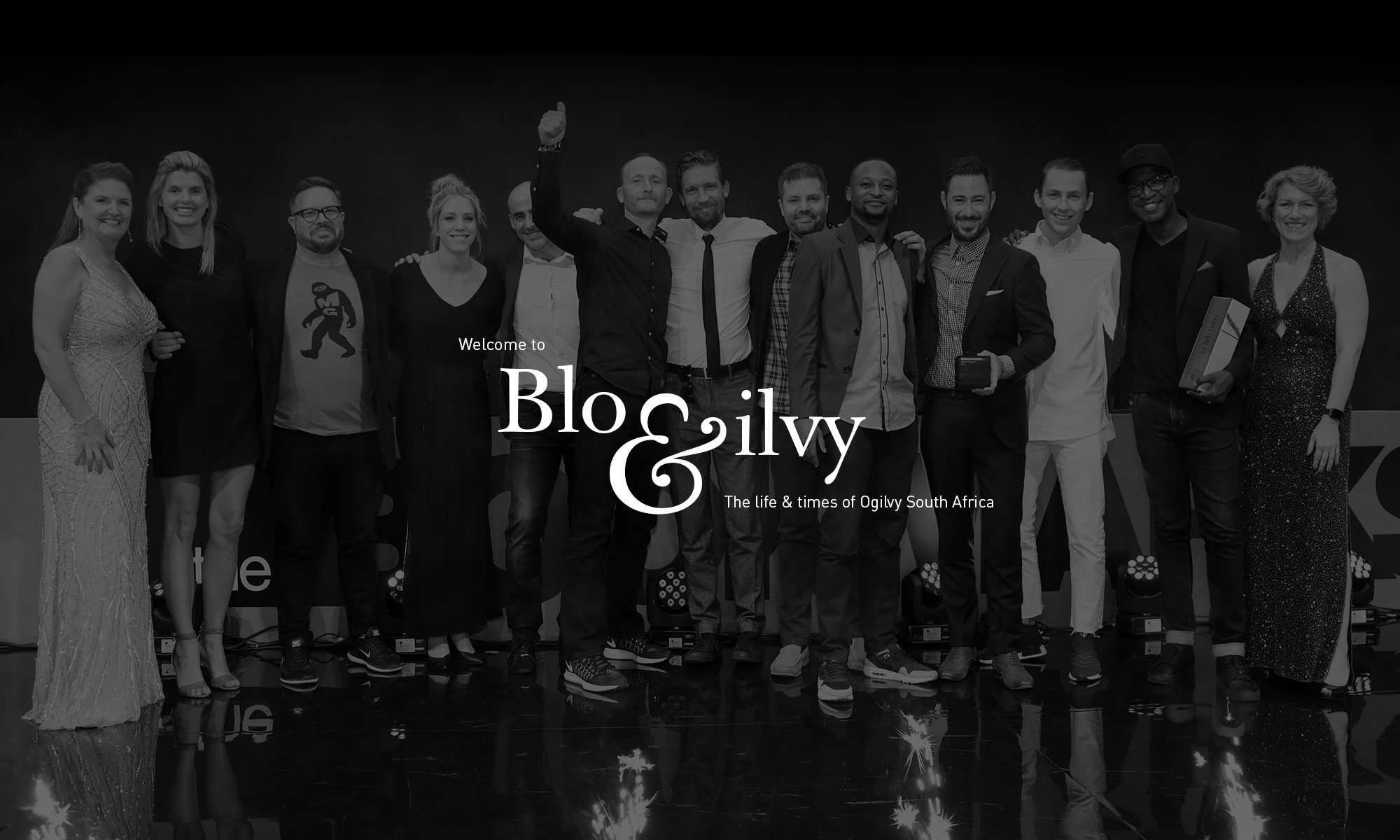 Fran Luckin is the Executive Creative Director at Ogilvy Johannesburg.
Fran Luckin is the Executive Creative Director at Ogilvy Johannesburg.
This is the time when we celebrate freedom, in all its manifestations. For people like me,  who work in an industry whose life-blood is creativity, freedom is no less a serious business than it is for anyone else.
who work in an industry whose life-blood is creativity, freedom is no less a serious business than it is for anyone else.
Don’t get me wrong when I talk about the desire for more creative freedom. Parenting manuals (and, probably, more than a few parents) will tell you that total freedom is not a good thing. There need to be boundaries.
A misconception I encounter often, and that that never seems to die, is that great creative people are free-spirited, mercurial, bong-toting beings, as hard to pin down as tiny bashful woodland creatures, who detest rules and discipline, and need to be given enormous rein and scope to ramble about, chasing the Muse.
This is, frankly, rubbish. The best creative people I know are also the most disciplined people I know, with the focus and commitment of endurance athletes.
They know that coming up with a great creative solution requires hours of being chained to a desk, and that having an idea is only the start of a long, arduous process in which the idea has to be hammered out, torture-tested, translated into every possible medium – sometimes only to be dropped, after all that, in favour of another, completely new, idea.
The creative freedom that I – and all of the really good creative people I know – crave, is simply this: the freedom to think about the problem differently.
It can be enormously frustrating to be given a business problem to solve, only to find out the media agency has already solved it by buying 30 second radio ads and quarter-page magazine ads.
Fortunately, there is a strategic shift taking place in the world, in which creative thinking is beginning to rise to the top of the marketing hierarchy.
Design thinking, as it’s called, has emerged from the fringes and been embraced by P&G, Kimberley-Clark, Kraft and Johnson and Johnson. It is what happens when companies realize that not only could they benefit from better product design, but that they might also gain competitive advantage from using the methodology of designers and creative people themselves.
 “Historically, design has been treated as a downstream step in the (product) development process.. the “pretty wrapper” at the end,” according to Tim Brown, CEO of IDEO, the Palo Alto design company that is arguably the most influential in this movement, and the godfather of design thinking.
“Historically, design has been treated as a downstream step in the (product) development process.. the “pretty wrapper” at the end,” according to Tim Brown, CEO of IDEO, the Palo Alto design company that is arguably the most influential in this movement, and the godfather of design thinking.
According to Brown, by around 2000 marketers started to recognize that competition was resulting in parity of quality between every major brand in a given category.
This left only three options: compete on price, innovate faster than the competition or create more unique experiences that consumers could have with brands. Since price wars are ultimately unwinnable, focus naturally fell on the latter two. And that’s where the window of opportunity is for designers and creative people.
Where marketers emphasise charts and data, and generally practise inductive thinking (if x. then y), designers and creative people employ a method that Todd Wasserman, business editor of Mashable, calls “abductive thinking” – taking a creative leap that attempts to solve a problem in previously unforeseen ways.
But enough already with the theory. Here’s a concrete example.
In 2002, Coca-Cola increased its sales by 10% – a significant figure in any industry, and even more so in an industry where a CEO’s career can be made or lost over one or two share points.
This sales increase was achieved, not through a massive media blitz, nor through the introduction of Vanilla Coke – but through package design. 
Specifically, the Fridge Pack: a package that stacks 12 cans in a way that takes up minimal room on the fridge shelf, with an opening that dispenses one can at a time.
How did Coca-Cola come by this innovation, which it calls “the greatest innovation since the contoured plastic bottle was introduced 20 years ago”? The solution came from outside: from Alcoa, manufacturer of the aluminium used to make cans, and Riverwood International, a company that designs and manufactures cardboard packaging.
These two companies organized a brainstorm with engineers, researchers and marketers, where they literally spent a day huddled around a refrigerator, looking for the best way to fit a 12-pack into it.
They were practicing “abductive thinking.” As outsiders, they had license to think about the problem of selling more Coca-Cola in a different way. They put themselves into the consumers’ lives and asked: what is the consumer’s experience of the product beyond the store shelf, beyond the taste of the product?
Their investigations revealed that the 12-pack the industry had been using up until then was like a suitcase -it was too bulky to fit into a refrigerator, so people would put a couple of cans in the fridge, then put the pack, with the remaining cans, in the cupboard.
When all the cold cans were used, people would choose another cold drink from the refrigerator instead of getting out another Coke from the package in the cupboard. The Fridge Pack meant that all twelve cans could fit neatly in the fridge. The dispenser was easy to use and convenient. Voila – a 10% increase in sales.
The Coca Cola example is one demonstration of the fact that people outside of a company are ideally positioned to see the company’s challenges in a unique way.
Creative agencies and design companies, who have the benefit of an intimate relationship with a company without the potential hindrance of being located within it, have the power to see the problem from the inside and the outside.
And they have the methodologies that enable them to think disruptively, “abductively” – to use insight to take a leap beyond the problem to a solution no one had seen before.
In short: it’s time creative people were given the freedom to act as the disruptive innovators they have all the potential to be. So hold the hallucinogenics and give me the freedom to be a co-creator. That’s my kind of high.

